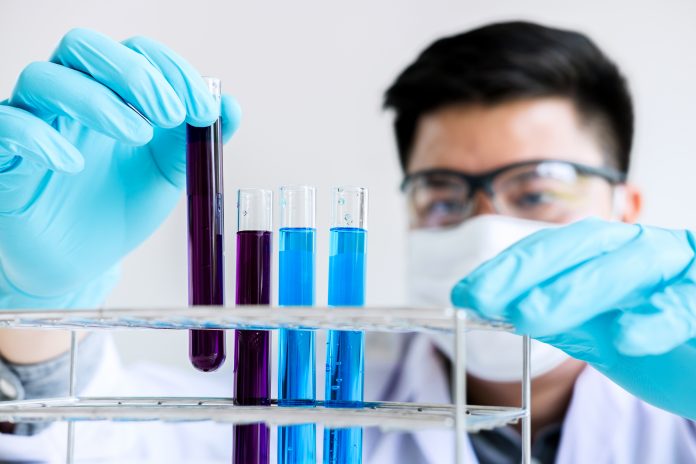Open Access Government looks into the National Institute of General Medical Sciences (NIGMS)’s Biochemistry and Bio-related Chemistry Branch, and its current research areas and priorities
Established in 1962, the National Institute of General Medical Sciences (NIGMS) supports basic research that increases understanding of biological processes while also laying the foundation for advances in disease diagnosis, treatment, and prevention in the U.S. NIGMS is headed by Director Jon R. Lorsch who oversees the Institute’s $2.6 billion budget, which supports this research.
NIGMS supports more than 3,000 investigators and 4,500 research grants — around 11% of the total number of research grants funded by the National Institutes of Health (NIH) as a whole. Additionally, it supports around 26% of the National Research Training Award (NRSA) trainees who receive assistance from NIH. It is organised into divisions that support research and research training in a range of different fields.
BBCB, GMCDB and PPBC
From 2018 onwards, NIGMS reorganised into three scientific divisions specifically: Biophysics, Biomedical Technology, and Computational Biosciences (BBCB); Genetics and Molecular, Cellular and Developmental Biology (GMCDB); and Pharmacology, Physiology, and Biological Chemistry (PPBC).
The latter of these divisions supports a broad spectrum of state-of-the-art research aimed at improving the molecular-level understanding of fundamental biological processes and discovering approaches to their control. Just some of the goals of this supported research include an improved understanding of drug action and of anaesthesia; mechanisms underlying responses to drugs; new methods and targets for drug discovery; an enhanced understanding of biological catalysis; knowledge of metabolic regulation and fundamental physiological processes; and the integration and application of basic physiological, pharmacological, and biochemical research to clinical issues in anaesthesia, clinical pharmacology, and trauma and burn injury.
The division itself has two components: The Biochemistry and Bio-related Chemistry Branch and the Pharmacological and Physiological Sciences Branch.
It is important to recognise the fundamentals of each branches focal point and what their individual goals are. Understanding the interactions between molecules – that’s chemistry. And understanding the chemistry that occurs in living organisms, however – that’s biochemistry. Furthermore, understanding how medicines work in the body and finding ways to make them work better and more effectively – that’s pharmacology. Studies in these areas are currently focussing on areas such as:
• How enzymes generate cellular energy and facilitate chemical reactions.
• How medicines are processed inside the body.
• What roles natural substances such as fats and sugars play in our bodies.
• How a person’s genetic makeup can influence a drug’s effectiveness.
• How to use chemistry to design new medicines.
• The possibility of finding new uses for existing medicines.1
The Biochemistry and Bio-related Chemistry Branch supports basic research in the following areas:
- Biochemistry: Enzyme catalysis and regulation, bioenergetics, and redox biochemistry, and glycoconjugates. Some examples of this include studies of the chemical basis of the regulation and catalytic properties of enzymes, intermediary metabolism, the chemical and physical properties of the cellular systems for electron transport and energy transduction, the biochemical roles of normal and altered mitochondrial proteins, and the biosynthesis and structure of carbohydrate-containing macromolecules.
- Bio-related chemistry: This includes organic synthesis and methodology, and bioinorganic and medicinal chemistry. Chemical research and investigation examples include the development of strategies for natural products synthesis, studies of the structure and function of small molecules, the chemistry of metal ions in biological systems, the development of novel medicinal agents or mimics of macromolecular function and the creation of new synthetic methodologies.
- Biotechnology: This work focuses on the development of biological catalysts, including living organisms, the production of useful chemical compounds, medicinal or diagnostic agents, or probes of biological phenomena.2
Through the wide range of areas covered within the branch of Biochemistry and Bio-related Chemistry, it is clear to see that the NIGMS, as one of the NIH’s 27 institutes and centres, is working hard to achieve the wider missions and goals of the NIH as “the nation’s medical research agency – making important discoveries that improve health and save lives.”3 The specific research agenda of the NIGMS, and that of each of the institutes and centres, helps to shape the overall direction of U.S research and discoveries to improve health and fight disease.











